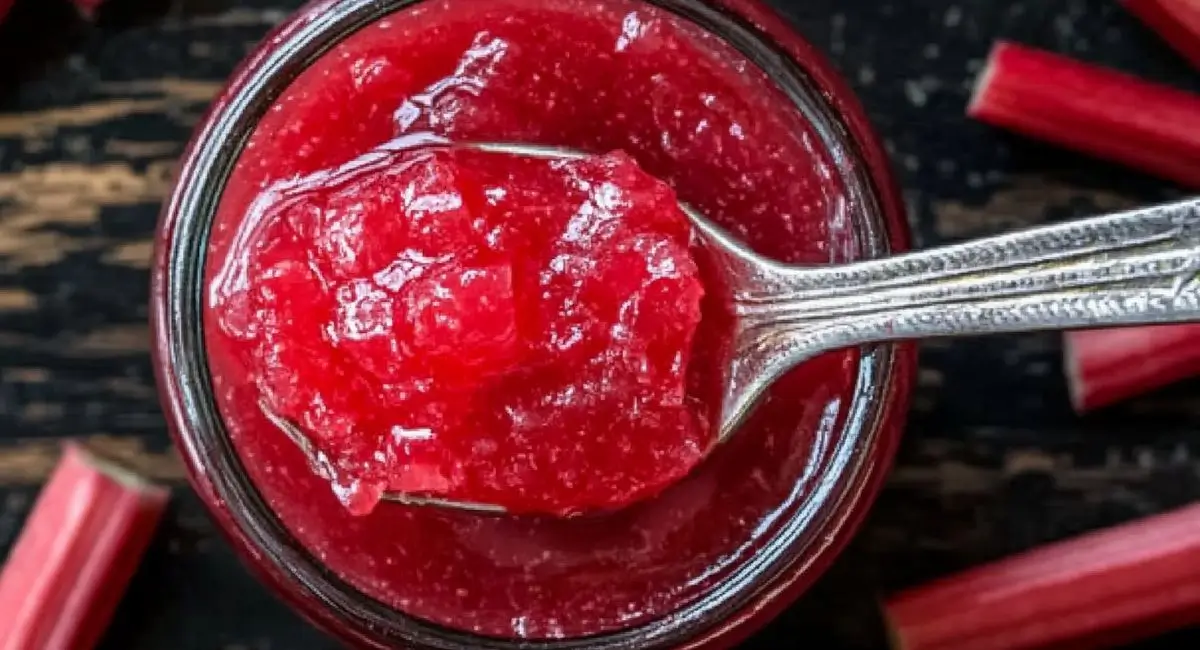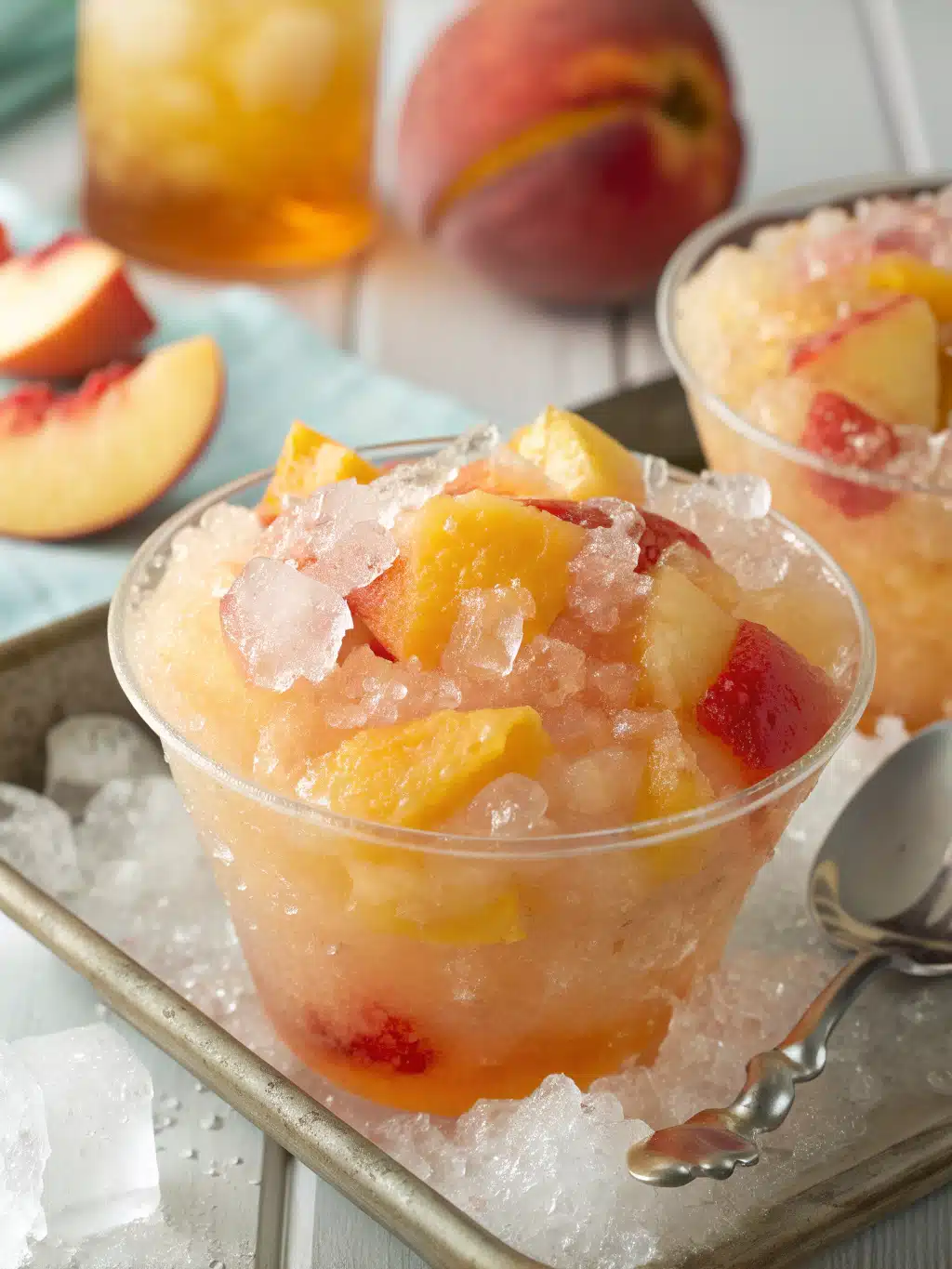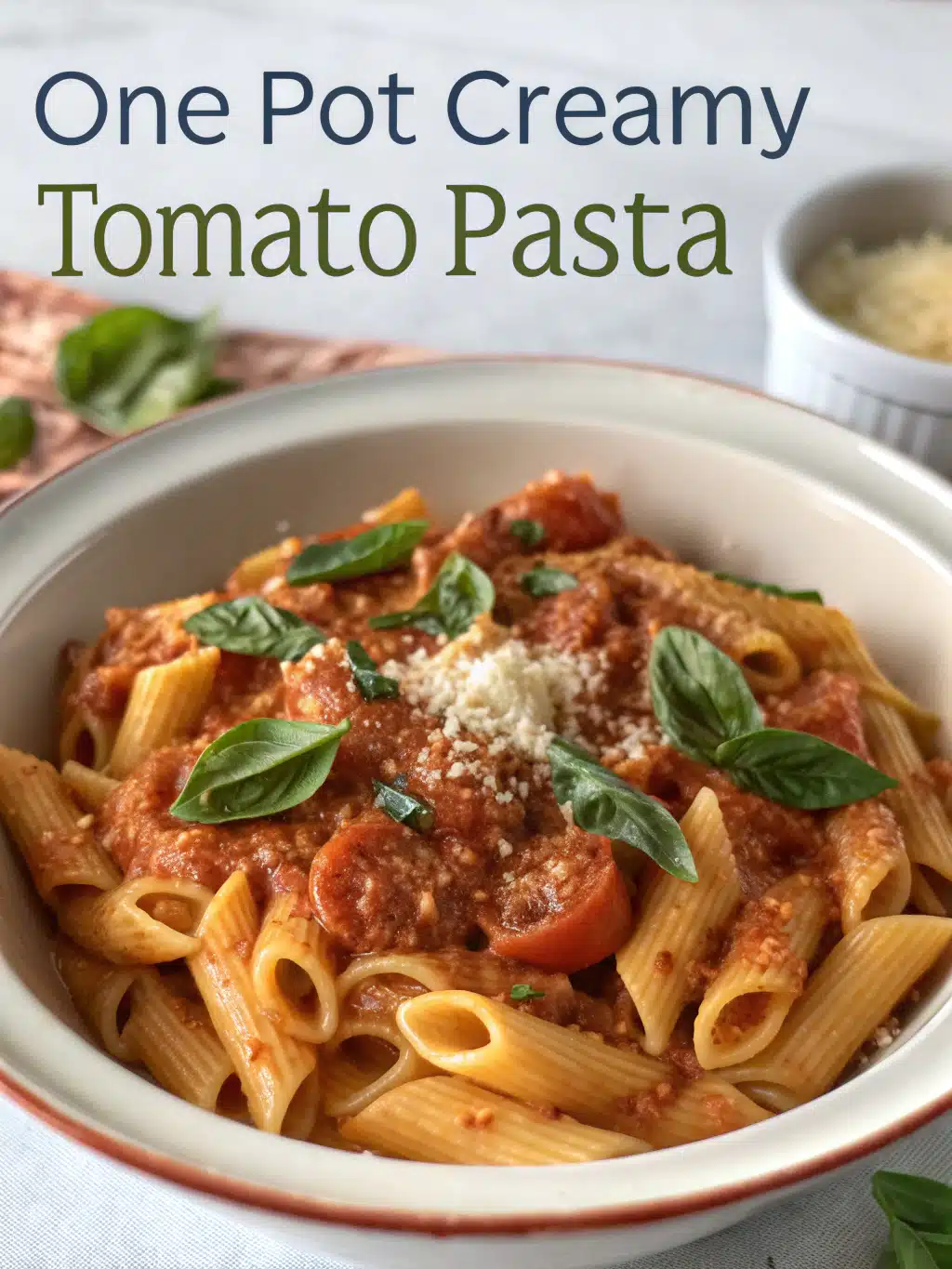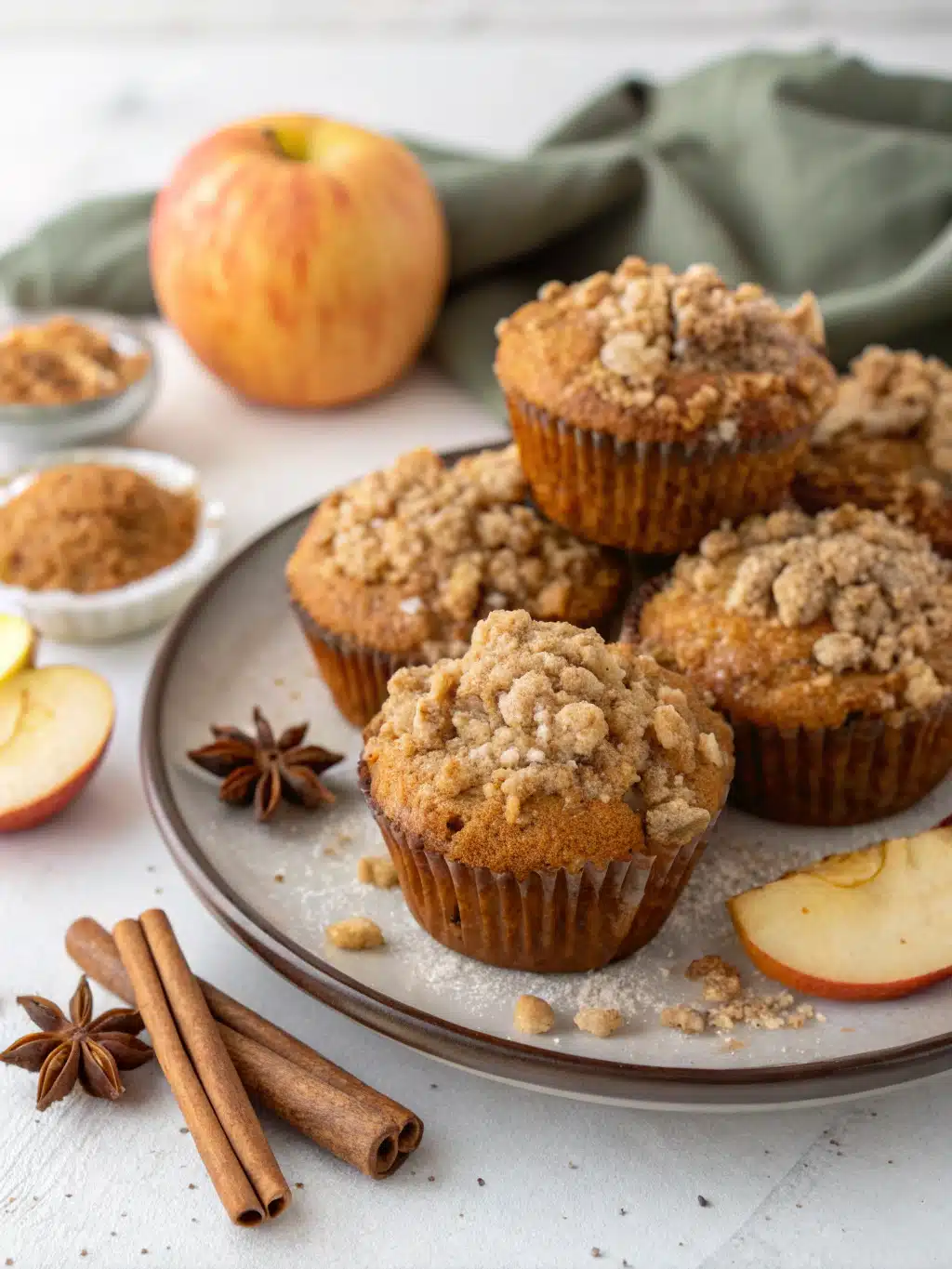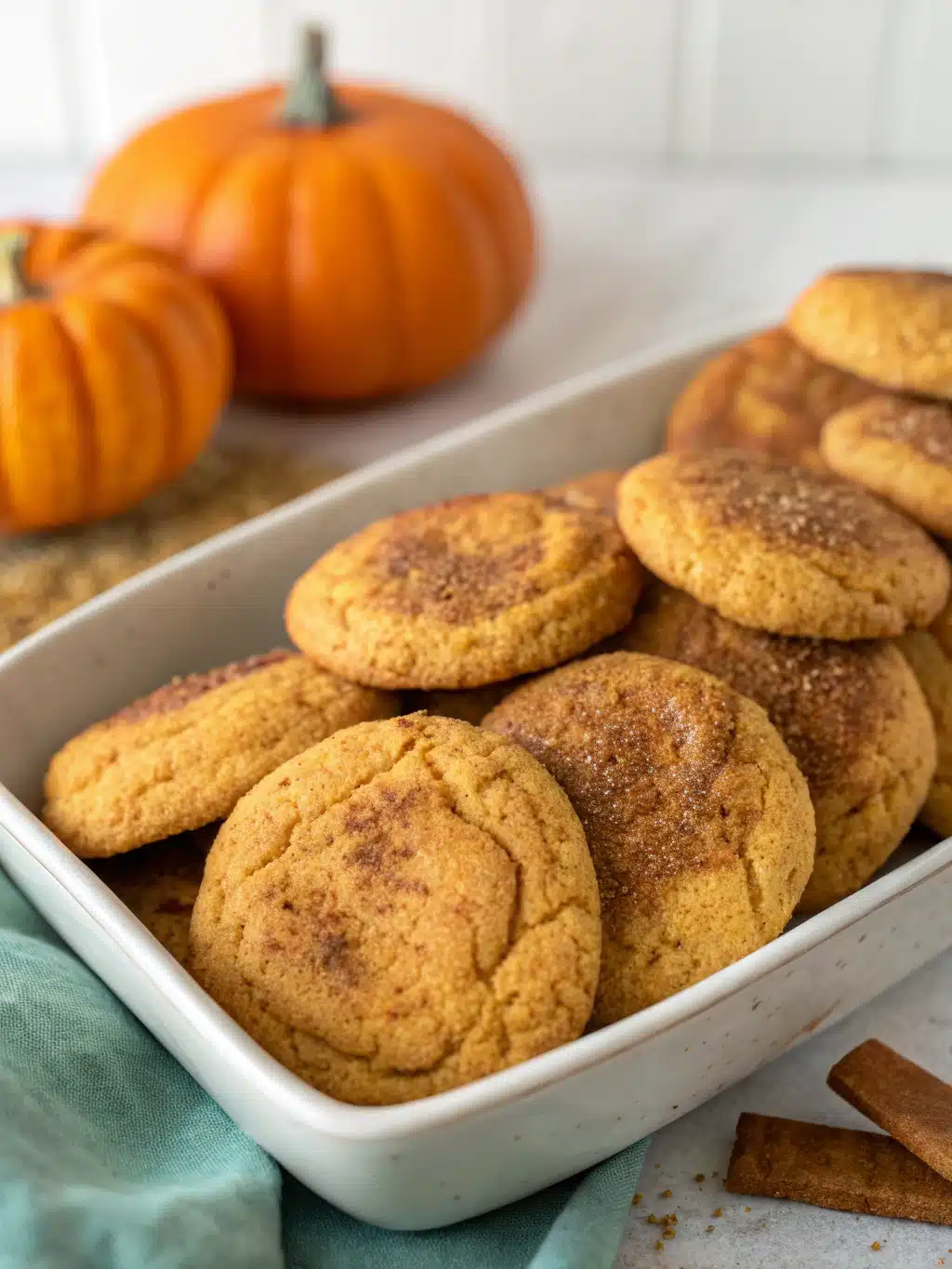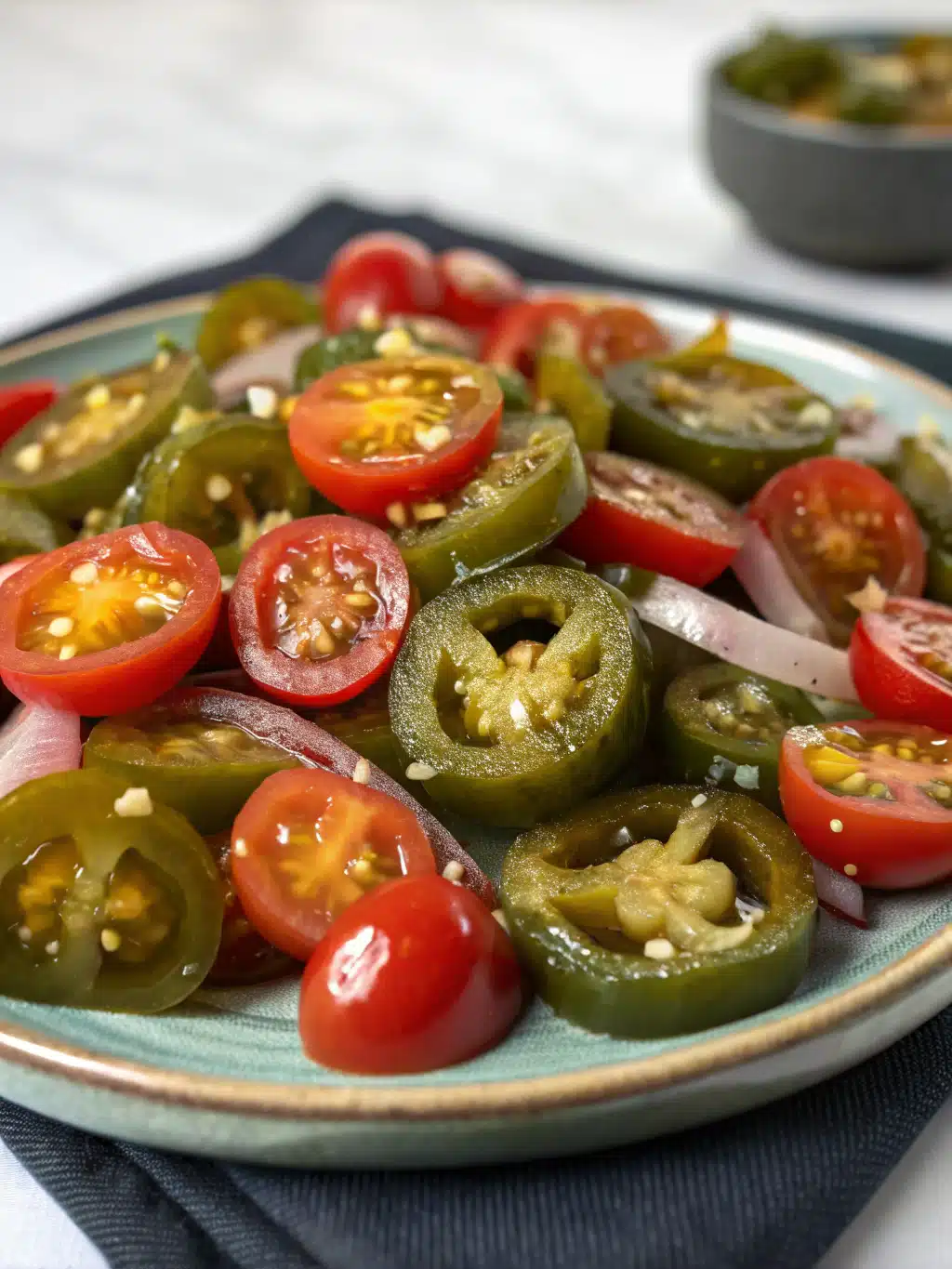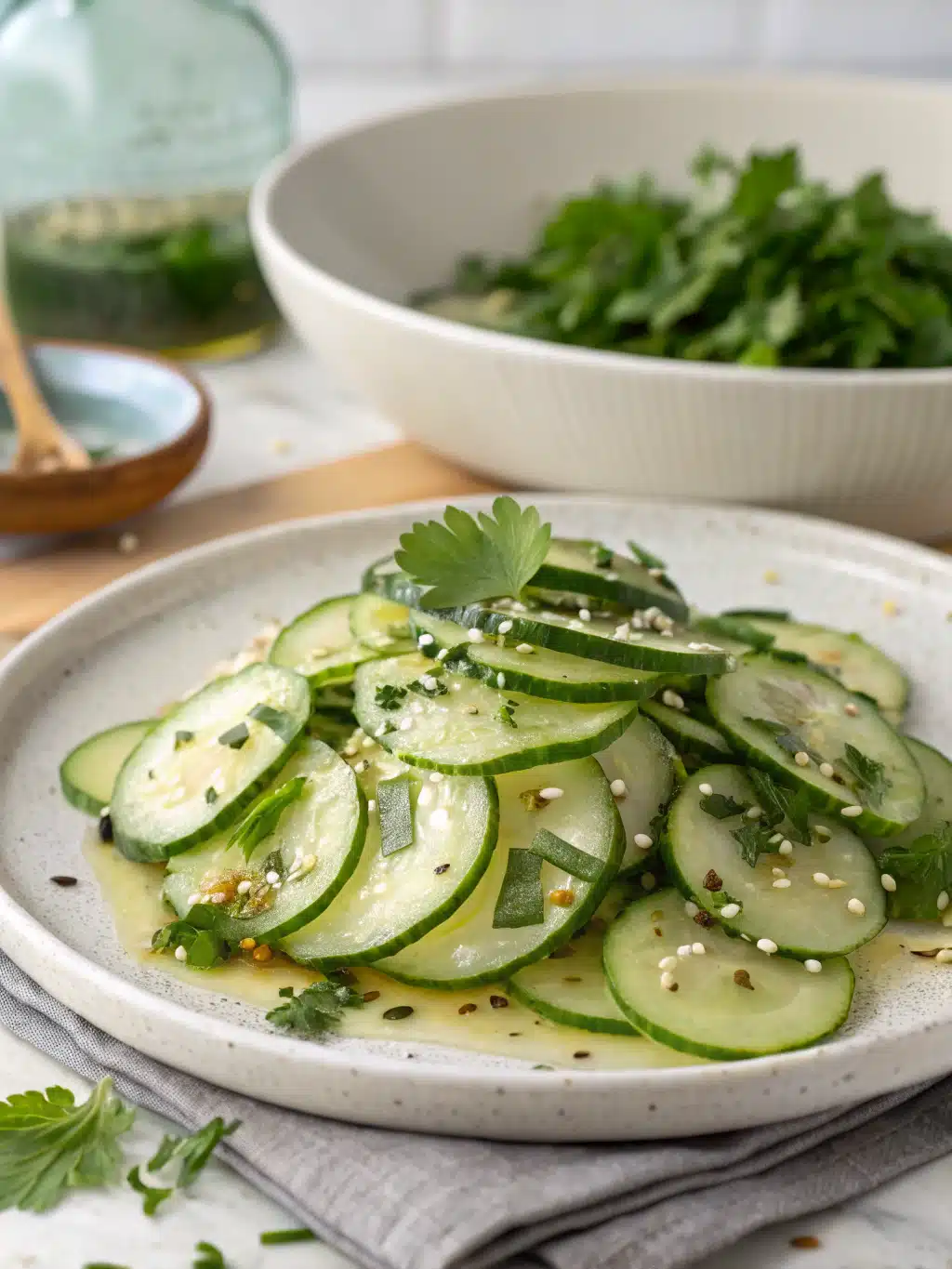Estimated reading time: 9 minutes
If there’s one memory that tastes like sunshine and hugs, it’s my grandmother’s homemade rhubarb jam. Every summer, when the rhubarb patch exploded in a riot of pink and green, we’d gather armfuls of stalks, and the kitchen would come alive with the sweet-tart aroma of bubbling fruit and sugar.
This rhubarb jam recipe is as simple, rustic, and comforting as those golden afternoons — no pectin, no fancy tricks, just good old-fashioned cooking from the heart.
Whether you’re a jam-making beginner or a seasoned pro looking for a dependable classic, this rhubarb jam is pure summer in a jar. Let’s get started!
Table of contents
Why You’ll Love This Rhubarb Jam Recipe
- Simple Ingredients: Only three basic ingredients needed.
- No Pectin Required: Rhubarb has enough natural pectin for a soft, luscious set.
- Preserve Summer Flavors: Capture the season in beautiful jars to enjoy year-round.
- Rustic and Authentic: Straight from Grandma’s kitchen — honest, homemade goodness.
Understanding the Science of Jam Making: Pectin, Sugar, and Acid
Getting jam to set-properly is a delicate balance of three key components: pectin, sugar, and acid. Understanding their roles is crucial for success, especially with a fruit like rhubarb.
- Pectin: This is a natural gelling agent found in fruits. When heated with sugar and acid, it forms a molecular network that traps liquid, causing the jam to thicken and set. Some fruits (like apples, citrus, currants) are high in natural pectin.
- Sugar: Sugar plays multiple roles. It helps activate pectin, contributes to the jam’s set, enhances flavour by balancing tartness, and acts as a preservative, preventing microbial growth. It also helps create that desirable glossy texture.
- Acid: Acid (often from lemon juice or naturally present in the fruit) is essential for activating the pectin’s gelling power. It also brightens the fruit’s flavour and helps prevent sugar crystallization.
Rhubarb’s Role: Rhubarb is naturally high in acid, which is great for activating pectin and providing that signature tang. However, its natural pectin content can vary depending on the variety and how early it’s harvested (young, early season rhubarb tends to have less pectin than later, more fibrous stalks). This is why many rhubarb jam recipes call for added pectin or rely on careful cooking and the addition of high-acid lemon juice to achieve a set without it.
Our classic recipe focuses on a method that can achieve a lovely set using rhubarb’s natural acid and careful cooking, often with the help of added lemon juice, but we’ll also discuss how to incorporate commercial pectin if you prefer a firmer set or want to use less sugar.
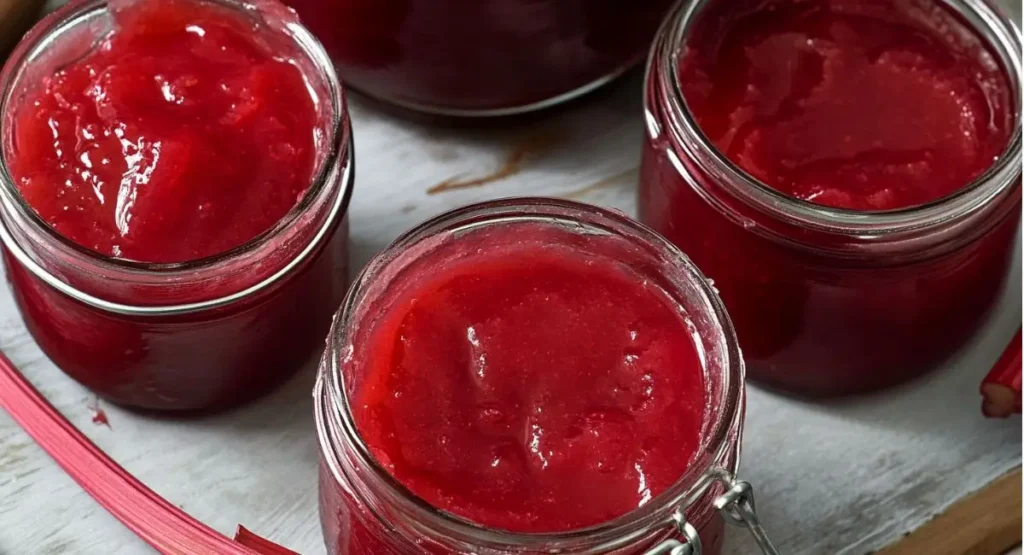
Ingredients for Classic Rhubarb Jam
You’ll need:
- 4 cups chopped rhubarb (fresh or frozen)
- 3 cups granulated sugar (adjust to taste)
- 2 tablespoons lemon juice (for brightness and natural pectin boost)
- (Optional: 1 vanilla bean split or ½ teaspoon vanilla extract for an extra cozy flavor)
Tip: Choose tender, firm stalks — preferably deep red for the prettiest jam.
Equipment You’ll Need
- Large heavy-bottomed saucepan
- Wooden spoon
- Sterilized jars and lids
- Canning funnel (optional but handy)
- Ladle
- Kitchen scale (optional for precise measurements)
Step-by-Step Instructions
Total Time: 1 hour and 30 minutes
u003cstrongu003ePrepare the Rhubarbu003c/strongu003e
u003cstrongu003e- u003c/strongu003eWash the rhubarb stalks thoroughly.u003cbr/u003eu003cstrongu003e- u003c/strongu003eTrim off leaves (they’re toxic) and tough ends.u003cbr/u003eu003cstrongu003e- u003c/strongu003eCut into ½-inch pieces.
u003cstrongu003eMacerate the Fruitu003c/strongu003e
u003cstrongu003e- u003c/strongu003eIn your saucepan, combine the rhubarb and sugar.u003cbr/u003eu003cstrongu003e- u003c/strongu003eStir well to coat.u003cbr/u003eu003cstrongu003e- u003c/strongu003eLet sit for 30–60 minutes. This draws out the juices, helping the rhubarb soften and dissolve faster during cooking.
u003cstrongu003eCook the Jamu003c/strongu003e
u003cstrongu003e- u003c/strongu003ePlace the pan over medium heat.u003cbr/u003eu003cstrongu003e- u003c/strongu003eAdd the lemon juice.u003cbr/u003eu003cstrongu003e- u003c/strongu003eStir often as the sugar dissolves and the rhubarb releases its juices.u003cbr/u003eu003cstrongu003e- u003c/strongu003eBring to a gentle-boil, then reduce heat to a steady simmer.u003cbr/u003eu003cstrongu003e- u003c/strongu003eSkim off any foam if needed for a clearer jam.u003cbr/u003eu003cemu003eu003cstrongu003ePro Tip:u003c/strongu003e Keep stirring to prevent scorching!u003c/emu003e
u003cstrongu003eTest for Setu003c/strongu003e
u003cstrongu003e- u003c/strongu003eAfter 20–30 minutes, the mixture should thicken.u003cbr/u003eu003cstrongu003e- u003c/strongu003eTo test: Place a small spoonful on a chilled-plate. If it wrinkles when you push it with your-finger, it’s ready!
u003cstrongu003eJar the Jamu003c/strongu003e
u003cstrongu003e- u003c/strongu003eCarefully ladle the hot-jam into sterilized jars.u003cbr/u003eu003cstrongu003e- u003c/strongu003eLeave about ¼ inch headspace.u003cbr/u003eu003cstrongu003e- u003c/strongu003eWipe rims clean and seal with lids.
(You can process in a boiling-water bath for 10 minutes if you want longer shelf life.)
Rhubarb Jam Troubleshooting: Fixing Common Problems
Don’t despair if your jam isn’t perfect on the first try! Here are some common issues and how to address them:
Jam is too Runny/Not Setting:
- Reason: Didn’t reach the proper setting temperature/point, insufficient pectin (if relying on natural set), not enough acid, wrong pectin type used, or incorrect ratio of sugar to fruit/pectin (if using commercial pectin).
- Fix: You can re-cook the jam. Empty the jars back into your pot. Bring the jam back to a boil. Cook longer, testing frequently with the cold plate or thermometer until the setting point is reached. If using the no-pectin method, ensure you added the lemon juice. If you suspect low pectin in your fruit and want a firmer set, you can add commercial pectin at this stage – follow the pectin package instructions for “remaking jam” or consult a reliable canning guide.
- Alternative: Embrace it! It makes a fantastic rhubarb sauce perfect for topping ice cream, pancakes, yogurt, or using as a glaze.
Jam is too Thick/Like Cement:
- Reason: Cooked too long, cooked at too high a temperature, or used too much pectin.
- Fix: You can try adding a little hot water (start with a tablespoon or two) and gently reheating the jam to loosen it up before jarring. This is harder to fix once it’s already set in the jars.
Lots of Foam:
- Reason: Natural process during boiling, especially with high heat.
- Fix: Skim off the foam before jarring. A small amount of butter (¼ to ½ teaspoon per batch) added at the start of cooking can help reduce foam formation.
Sugar Crystallizing:
- Reason: Cooked too long/overheated, insufficient acid, or too much sugar relative to the fruit/liquid.
- Fix: Hard to fix once crystallized. Ensure sufficient acid (don’t skip the lemon juice!), avoid overcooking, and use accurate measurements.
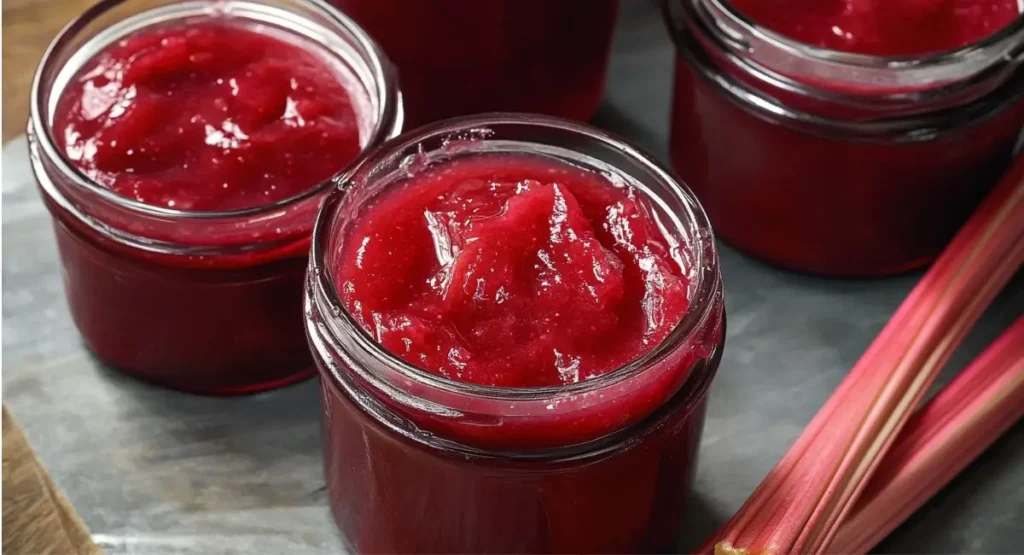
How to Store Homemade Rhubarb Jam
- Refrigerated: Up to 3 weeks (unprocessed jars)
- Canned and Sealed: Up to 1 year in a cool, dark pantry
- Frozen: Up to 6 months (use freezer-safe jars)
Once opened, always refrigerate and use within 2–3 weeks.
Rhubarb Jam FAQ
u003cstrongu003eDo I need to use pectin?u003c/strongu003e
Nope! Rhubarb naturally has enough pectin to create a soft, spoonable jam — especially with a little help from lemon juice.
u003cstrongu003eCan I use frozen rhubarb?u003c/strongu003e
Yes! Just thaw it completely and drain excess water before using.
u003cstrongu003eWhy is my rhubarb jam too runny?u003c/strongu003e
It may need a little more cooking time. Jam continues to thicken-as it cools, so don’t overcook.
u003cstrongu003eHow can I flavor my rhubarb jam?u003c/strongu003e
Try adding:u003cbr/u003e- A splash of vanillau003cbr/u003e- A pinch of gingeru003cbr/u003e- A squeeze of orange juiceu003cbr/u003e- Or mix in a few strawberries for extra sweetness!
Serving Suggestions for Rhubarb Jam
- Spread on warm buttered toast
- Dollop on yogurt or ice cream
- Swirl into oatmeal
- Pair with soft-cheeses (like Brie or goat cheese)
- Use as a glaze for grilled chicken or pork
Delicious Rhubarb Jam Variations
While classic rhubarb jam is wonderful, its tangy nature makes it a fantastic partner for other flavours. Here are a few popular and delightful variations:
- Strawberry Rhubarb Jam:
- Why it works: The sweetness and familiar flavour of strawberries perfectly complement the tart rhubarb. A classic combination!
- How to make: Use a 1:1 or 2:1 ratio of rhubarb to strawberries (e.g., 1 lb rhubarb, 1 lb strawberries). You might need less added pectin as strawberries contribute some, but for a firm set, commercial pectin is often still recommended or essential depending on the ratio and cooking method. Adjust sugar according to taste or pectin package instructions. Follow the basic recipe steps.
- Rhubarb Ginger Jam:
- Why it works: The warm, slightly spicy kick of ginger is a beautiful contrast to rhubarb’s tartness.
- How to make: Add 1-2 tablespoons of finely grated fresh-ginger (or a few thin slices tied in cheesecloth) to the pot with the rhubarb, sugar, and lemon juice before cooking. Adjust quantity to your taste preference. Remove slices before jarring if used. Ground ginger can also be used, but start with ½ teaspoon and taste as you go.
- Rhubarb Vanilla Jam:
- Why it works: Vanilla adds a wonderful creamy sweetness and aromatic depth that softens rhubarb’s edge.
- How to make: Add the seeds scraped from one vanilla bean (plus the pod) to the pot during cooking. Remove the pod before jarring. Alternatively, stir in 1-2 teaspoons of pure-vanilla extract after removing the jam from the heat, just before jarring.
- Rhubarb Orange Jam:
- Why it works: Citrus and rhubarb are natural friends. Orange adds sweetness, flavour, and extra pectin/acid from the zest.
- How to make: Replace the lemon juice with fresh orange-juice and add the zest of one orange to the pot with the rhubarb and sugar.
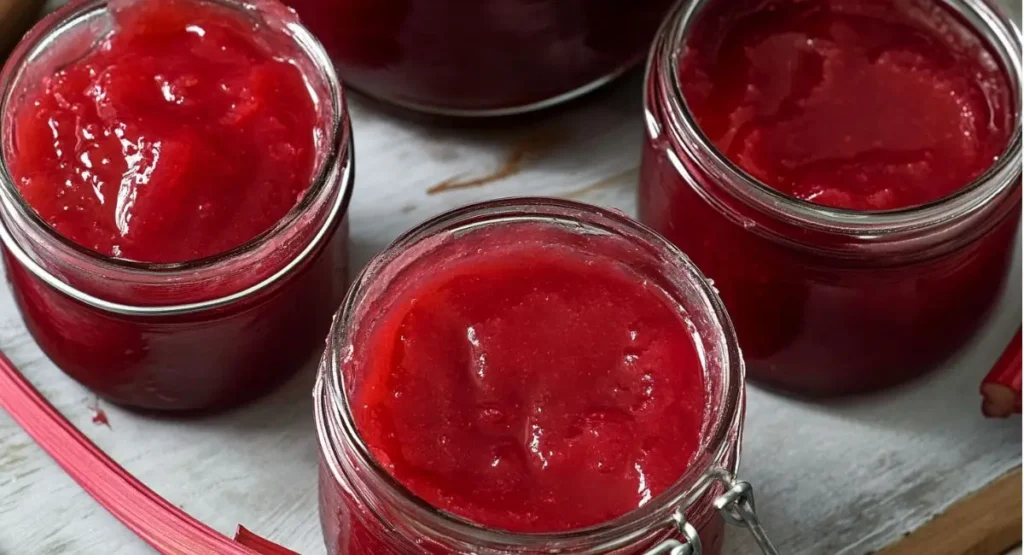
Tips for Perfect Rhubarb Jam
- Use a heavy-bottomed pot to prevent-burning.
- Stir frequently, especially-toward the end of cooking.
- Always sterilize jars properly to avoid spoilage.
- Label your-jars with the date for easy tracking.
Ways to Enjoy Rhubarb Jam
Rhubarb jam isn’t just for toast! Its sweet-tart flavour makes it incredibly versatile:
- Spread on scones, biscuits, or muffins.
- Swirl into yogurt, oatmeal, or ice cream.
- Use as a filling for thumbprint cookies, tarts, or cakes.
- Pair with cheese on a cheese board (especially goat cheese, brie, or sharp cheddar).
- Use as a glaze for pork, chicken, or duck.
- Stir a spoonful into a cocktail or mocktail.
- Top pound cake or cheesecake.
Conclusion
Making your own rhubarb jam can be a fun and satisfying activity. It lets you enjoy the fresh, tasty flavor of rhubarb in a jar. This guide will help you learn how to make a great batch of jam. You can follow a traditional recipe or try some fun new ideas. Don’t worry if it seems hard – the tasty sweet and sour jam you make will be worth it. So, get some rhubarb and start cooking!
Have you tried this recipe or a variation? Share your experience in the comments below!
Related Recipes You Might Enjoy
Did You Make This Recipe!
There are no reviews yet. Be the first one to write one.
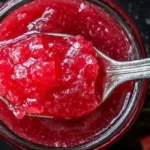
Best Rhubarb Jam Recipe
- Total Time: 1 hour 30 minutes
- Yield: 4 jars
Description
Learn how to make Grandma’s rustic rhubarb jam recipe! A sweet-tart summer treat, no pectin needed, perfect for toast, desserts, and gifts.
Ingredients
- 4 cups chopped rhubarb (fresh or frozen)
- 3 cups granulated sugar (adjust to taste)
- 2 tablespoons lemon juice (for brightness and natural pectin boost)
- Optional: 1 vanilla bean split or ½ teaspoon vanilla extract for an extra cozy flavor
Instructions
Prepare the Rhubarb
- Wash the rhubarb stalks thoroughly.
- Trim off leaves (they’re toxic) and tough ends.
- Cut into ½-inch pieces.
Macerate the Fruit
- In your saucepan, combine the rhubarb and sugar.
- Stir well to coat.
- Let sit for 30–60 minutes. This draws out the juices, helping the rhubarb soften and dissolve faster during cooking.
Cook the Jam
- Place the pan over medium heat.
- Add the lemon juice.
- Stir often as the sugar dissolves and the rhubarb releases its juices.
- Bring to a gentle-boil, then reduce heat to a steady simmer.
- Skim off any foam if needed for a clearer jam.
- Pro Tip: Keep stirring to prevent scorching!
Test for Set
- After 20–30 minutes, the mixture should thicken.
- To test: Place a small spoonful on a chilled-plate. If it wrinkles when you push it with your-finger, it’s ready!
Jar the Jam
- Carefully ladle the hot-jam into sterilized jars.
- Leave about ¼ inch headspace.
- Wipe rims clean and seal with lids.
- (You can process in a boiling-water bath for 10 minutes if you want longer shelf life.)
Notes
– Use firm, red rhubarb stalks for best color and flavor.
– You can add a splash of vanilla or grated ginger for variations.
– Jam thickens as it cools.
- Prep Time: 1 hour
- Cook Time: 30 minutes
- Category: Main Course
- Cuisine: Rustic

